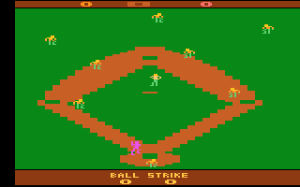 Yesterday, Amazon announced they purchased Twitch – a video site that lets viewers watch people play video games – for just under $1B.
Yesterday, Amazon announced they purchased Twitch – a video site that lets viewers watch people play video games – for just under $1B.
First of all, the mid-1980s me who was mocked for playing computer games is elated to hear that (a) this exists, (b) the acquisition happened, and (c) a billion dollars! Somewhere inside I’m hoping all the “popular kids” are in some near-homeless state of living, but most of me has moved on from then (not really).
Second, as many others are pointing out, I think this is a great move by Amazon.
Third, I think the potential for Twitch is much, much bigger than a lot think, and will be a massively long term successful bet by Amazon. I think Twitch will be bigger than baseball, and here’s why, in convenient bullet format:
- Video Games are shorter than baseball games, and people are impatient. If I had to make a wager on future trends, given society’s growing inability to sit around and do nothing for even a few minutes at a time, I’d bet that shorter-format anything increasingly wins over longer-format anything. Watch a full game, featuring the most talented people in the world (more on that in a moment), from start to end in 20 minutes versus watch a 1.5-3 hour game that may be two mid-level teams in non-divisional, non-rivalry play?
- Video Games have global reach, and the world is increasingly “flat”. The World Cup set ratings records this year in the US. For soccer – the supposedly unsellable sport. In video games, anyone can play from anywhere, anytime. And as much as US broadcasters try to remind us that we only truly care about Americans, the impact of globalization is clear: audiences care for “the best” more than “those closest to home”. Further, there’s just a much much bigger audience potential.
- Video Games are accessible to virtually anyone. Much like soccer, where all you need is a ball and some flat space to play, anybody with access to computers and the Internet can get into gaming. When I was a kid I dreamed of growing up to be first baseman for the Montreal Expos (I will hate Jeffrey Loria to the end of my days) – but I was unbelievably unlikely to become a pro baseball player. On the other hand, even now in my 40’s I could dedicate some serious hours to a given new video game, and just possibly be great at it.
- Video Games are cheaper. Baseball is/was America’s pastime in large part due to the ease of which a family could just pick up and go to a game. At $200+ for a family of four, that’s no longer the case. So the cycle breaks down, the “family outing” for average Americans shifts to more affordable options. Without the “passing of the torch” and nostalgia, seems like there’s a gradual slope downwards for overall baseball popularity.
- Video Game players aren’t icons. Because of the lack of physicality about video games, it’s unlikely that the “stars” and heroes of games will become household-known people. Now their names, player names, avatars, etc will probably one day be at the Derek Jeter level of fandom. But even then – it’s more relatable for the average person.
I’ll be clear as a final point: this is not in any way a zero-sum game – baseball can still be huge AND watching gaming can be huger. But as I see it, Amazon just bought themselves not a team, but an entire sports league – with tremendous growth and potential still ahead of it.

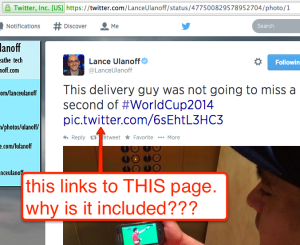
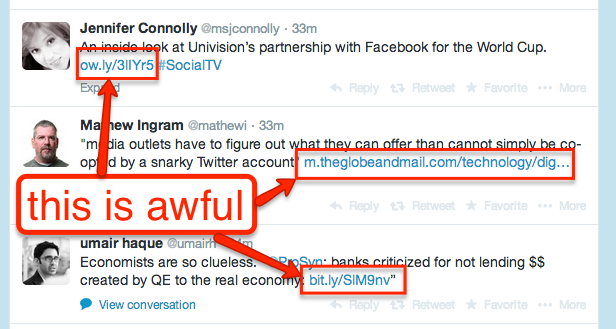


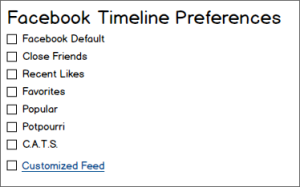
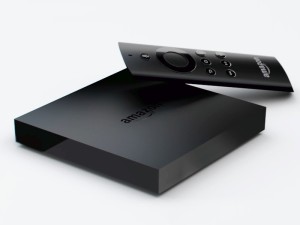
 I originally read Eat24’s “
I originally read Eat24’s “


 While I’m not as
While I’m not as 